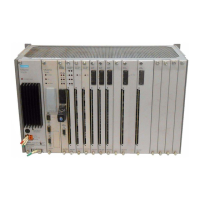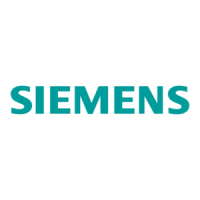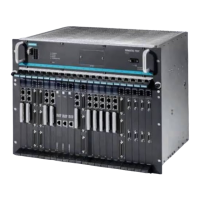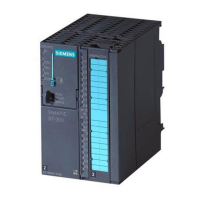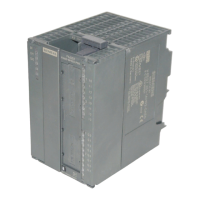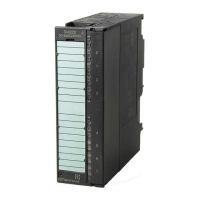Uses and properties of the TIM
1.5 DNP3 device attributes of the TIM
TIM DNP3
System Manual, 12/2015, C79000-G8976-C253-04
21
●
Outstation in the sense of the DNP3 specification
TIM 3V-IE DNP3 or TIM 4R-IE DNP3 in an S7-300/S7-400 station
●
S7 station with a TIM 4R-IE DNP3, that connects two DNP3 networks. It has at least the
following connections:
– Connection to the DNP3 master station via LAN or WAN
– Connection to hierarchically lower-level DNP3 stations via LAN or WAN
Setting the DNP3 subscriber type on the interface of the TIM
The DNP3 subscriber type is set in the configuration using the "Connection mode" of the
Ethernet interfaces of the TIM.
●
The setting of the master station function on an interface has the effect that the TIM
functions as a DNP3 master station on this interface.
●
The setting of the station function on an interface has the effect that the TIM functions as
a DNP3 station on this interface.
●
The two interfaces with the "Node station" setting must therefore be connected once to
the master station and once to the lower-level DNP3 network.
You make the settings for the DNP3 functions of the interfaces in the STEP 7 configuration
of the TIM, refer to the section "Interfaces" tab (Page 119).
DNP3 device attributes of the TIM
Device attributes
The DNP3 protocol defines a series of device attributes that identify the functions of the
devices of different manufacturers. A DNP3 master station can query and, if required,
evaluate the attributes of the connected stations.
The DNP3 TIMs support the following device attributes:
Table 1- 1 Device attributes of the TIM modules
Return value of the DNP3 TIM
Number of user-defined attributes
Not supported (negative acknowledgment)
212 - 215 Number of data set prototypes In each case 0
216 Number of binary commands (object 12) in a mes-
10
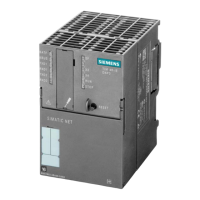
